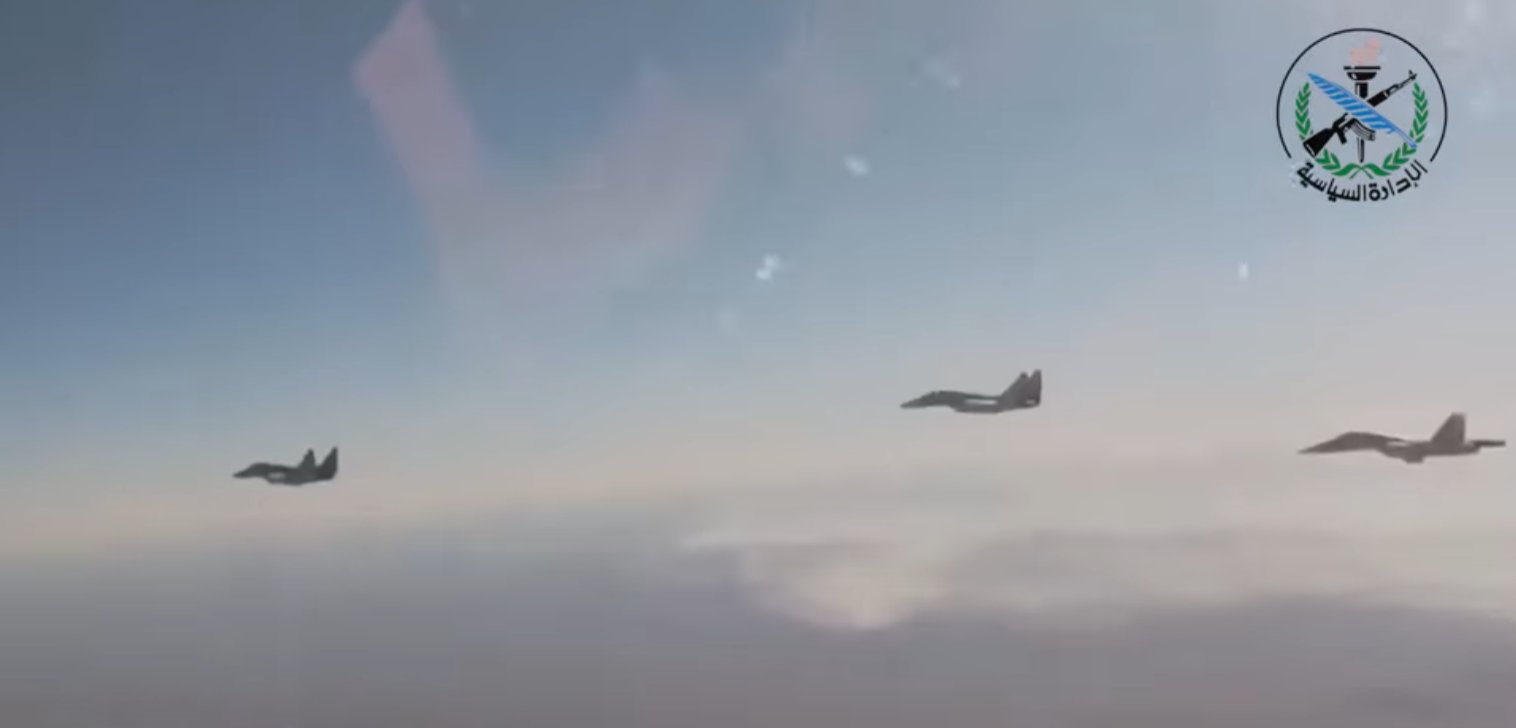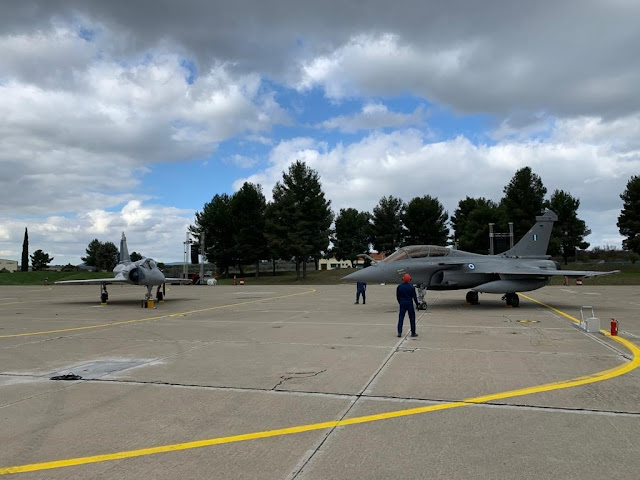A veteran Centurion tanker has accepted an interview for the blog. M. served in the Army of Denmark for 39 years, spending several as a Centurion tank commander. During his service (1972-1981) the Cold War was at full swing.
1. Hello M., thanks for accepting an interview for alejandro-8en.blogspot.com. Could you provide a brief overview of your experience with the Centurion tank in the Army of Denmark? Originally a conscript trained as armoured infantry sergeant, as a staffseargent (on regular contract) transferred to Centurions and trained as tank commander and later officers training as tank platoon leader. Logistics officer in the tank batallion, UN guard one year in Cyprus, 6 years NBC specialist school in charge of development and procurement of NBC gear. 4 years co of The tactical trailer Sealand, and finally 2 years as homeguard training officer Sealand. In all 39 years of service but always a Hussar. :-)
I served as a tank commander from 1972 till 1981 with a break in 1975-77 for officers training,
I have served as Regimental NBC specialist, National NBC specialist at the Danish NBC school, in such capacity i participated in a NATO meeting in Germany where the volksarmy NBC equipment was displayed and we were briefed of its use. In later years i served as intelligence officer at the tactical trailer Sealand.
2. What do you think were the strong and weak points of the Centurion tanks?Low speed and transmission
3. Centurions kept a gasoline engine in an era when other tanks moved to diesel. What was your impression of the engine? Superb performance, but very greedy in fuel consumption
4. The Centurion range was increased by using a trailer with 900 litters of fuel. How useful did you find this piece of equipment?For road use and long drives it was fine, but when reversing or going over obstacles and bridges (from bridge layers) totally crap.
5. When training, at was the typical distance to the objective and speed of the tank when you fired? And the longest distance at which you ever fired? APDS 2000m HESH 6000 normal engagement would be 800m up 200 down 400 before rangefinders were fitted. APDSFS 3000m
6. What was the maximum rate of fire (ROF) you achieved? Was there a big difference in ROF as you went through the different bins? Initially 8 seconds between rounds, when the turret racks were empty (3+3 rounds) the “oven” beneath the gun 20 seconds per round, front rack 30-40 seconds and only with the gun at 12óclock.
7. How was the night firing conducted? Did you use flares for battlefield illumination? What was the effective distance at which you could fire? We didn’t have night fighting equipment. Firing could be done with low precision in prepared positions with rods stuck in the ground along the sides of the tank and in front so when driving up in position the tank would be 10 cm from the side rods and front plate touching. Two dim lights were set on rods in the main firing direction, 10-15 meters apart and during daylight a series of standard firing plans would be prepared using the side indicator and levelling device on the clinometer in comparison with the range drum.
8. In terms of maintenance, was there any component or system that was more delicate? Were there any issues with the supply chain? The auxiliary motor needed frequent oil refills and refuelling could be tricky in darkness. Track tension was difficult to adjust if the terrain was uneven or sandy. The floor had to be kept tidy and clean or else problems with the steering rods could arise due to them being blocked or jammer with dirt and trash.
9. What was the maximum distance you covered in a day during deployments or exercises? Did the tank cope well or needed extra maintenance?
70-90 km on road, extra check on tracks especially the locking rings on the pinbolts.
10. Did you struggle with the winter conditions in Denmark (starting engine in the cold, slippery terrain, going through snow)? No 3 strokes with the cold start pomp in the rear left corner of the turriet was sufficient ,but the head lights on the front armour were often wrecked by ice when going through water obstacles
11. What was the maximum speed you managed to get in a Centurion? And in reverse?20km/h on road and app. 12-15 in terrain, reverse in high you only reversed 20-30 meters, if manoeuvring, only in low reverse, so any speed Max is not applicable in reverse.
12. Did you practise NBC situations? What was the approach? How did it affect the crew performance? NBC would demand a total lock down of the hatches if Chemical maske and personal protection had to be worn and fighting and firing would be erratic, Nuclear would be in lockdown but ABC mask would not be worn unless in dusty conditions, depending on distance to GZ and weather conditions the tanks would be decontaminated when leaving contaminated area, chemical decontamination was performer by the crew with special 5liter spray tanks containing DS2, and after 20 minutes a hash down with detergent. Decontamination soul normally be conducted at BN level in a prepared area.
13. Centurion was widely exported tank and was developed by other countries. Did you get any information on the upgrades? Was there an element (diesel engine or transmission in Israeli variants) you would have liked? The Israeli conversions would have been nice, towards the 1990 the Danish tanks were fitted with nightfighting equipment, laser rangefinders, thermosights and starlight scopes. But in my time (1972-79) only IR/searchlight light was fitted and external storage net baskets attached to the turret.
14. At this time the NATO had a defensive approach to a possible Warsaw Pact attack. Could you comment on the tactics? Was there emphasis in firing from the flanks or hull down positions? In Zealand only a few places could be used as landing sites, these would be defended initially in hull down positions and there after in delaying action head on. In one place cents would be liering downward onto navy vessels, (Stevns Cliffs) this was practised once every few years on towed targets.
15. Did you trained with personnel from other countries? Did you use any of their equipment? What were your impressions (training and equipment)?In general we only trained with Danish forces using the tanks, on exercises in the countryside we used Dodge v4x4 commando, fitted with a fiberglass hull illuding the tank, cents were not allowed outside training grounds. every 2 or 3 years we did send a squadron to Germany to partake in NATO exercises. We never used other than danish equipment.
16. In this era the Soviet Union had thousands of T-55/62 and were fielding T-64. How confident did you feel of your equipment and training when it came to face this threat? Superior both in firing and training less so in speed.
17. Have you had access to Soviet equipment now that the Cold War is finished? What were your impressions? Was there a system you liked or disliked?In general we did not access soviet equipment, I did later on, as an nbc specialist, get the possibility as a member of the Danish team visiting Monster in Germany after the Volksarmee had been transferred to West Germany. We were surprised on some of the ideas but not with the techniques used. The T72 had a beta flash sensor that shut the tank down for a minute after detecting a nuclear explosion, but the internat warning was a blue light flashing and the crew had to wear protection. However the motor was protected with armour plates automatically closing.
18. Is there an anecdote you would like to share before finishing the interview?My driver was asked by a British seargentmajor what made him clean and polish all brass and paint scratches to such a degree that you could have dinner of the floorboards or engine parts, He answered “My tank is my calling card” and it showed what I am made off. This was on a exercise in Germany with a British BN Chieftains, they resembled garbage cans with diesel slops inside.
Further commentsDanish NBC protection suits are made like boilersuits with laminated charcoal layers, zippers and velcro closer. They are water and chemically proof for at least24 hours (very hot) and gastight 6 hours, they were used as tankers suits when under NBC threat or attack. Crew armament was 9mm Hovea submachinegun and the commander also had a M49 Neuhausen 9mm pistol.
The tank was originally equipped with an American radio M53 or for the pl leader m47 radio, around 1994 these were replaced with the 2061 series radios. Headlights on the Danish tanks were two captype lights mounted one over the other in the center of the front plate armour. The first Centurions were MK3 later converted to MK 5/2, The Hussarguards had 105mm guns fitted around 1970 as did the Dragoonguards the infantry regiments were equipped with 84mm guns B type, The two Equestrian regiments had 3 (later 2) tank SQN´s and 1 armoured infantry coy. The infantry regiments had 3 Infantry coy and one tank sin. The sqn were 3 pl of 4 tanks each around 1971 reducer to PL of 3 tanks and one for the sqn commander IE 10 tanks each. Each BN had a dozer centurion (84mm gun) in the logistics SQN.
Other interviews:-
Interview with a USAF pilot who flew the F-106 Delta Dart-
Interview with an US Army M48A5/M60A1 veteran tanker-
Interview with a former British artilleryman and veteran of the Gulf War-
Former M60 tanker in the Army of Austria-
Former Chieftain crew member-
Former Chieftain gunner-
AMX30 commander of the Army of France-
NCO of the Army of Serbia -
Former crew member of Challenger 2-
Former Leclerc commander-
T-72 driver in Czech Army -
US Army M60 tank crewmman-
Interview with D., former US Army tanker with experience in the M60 and M1 Abrams-
Interview with Stefan Kotsch, former NVA/Bundeswehr tanker 

















